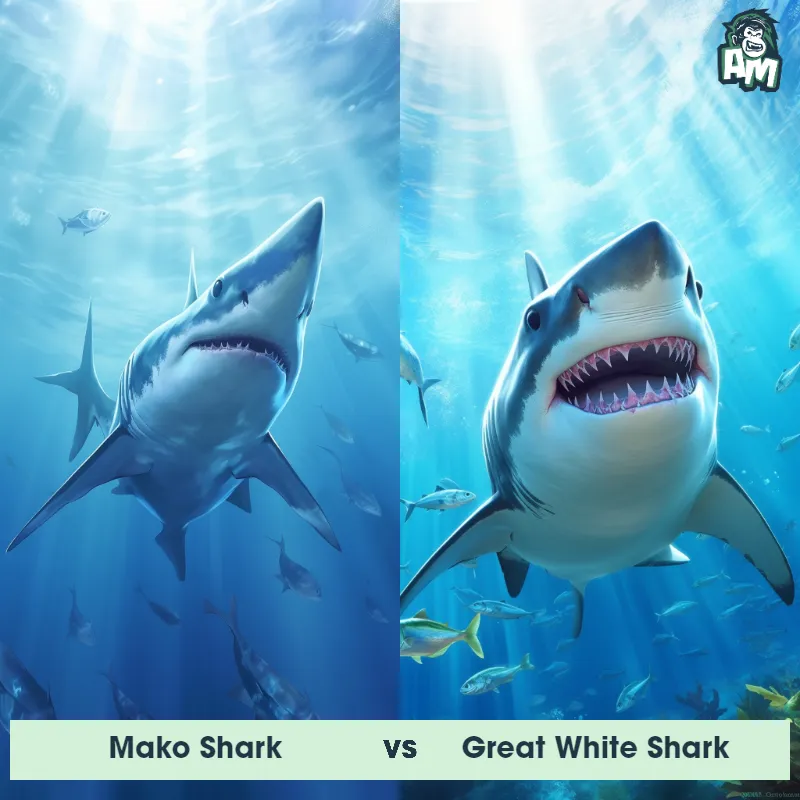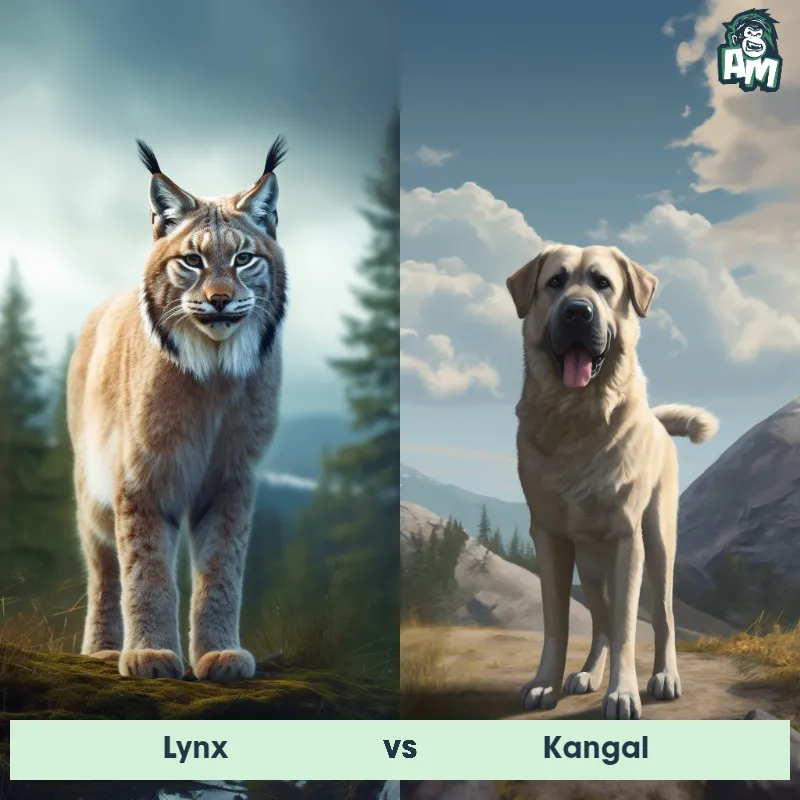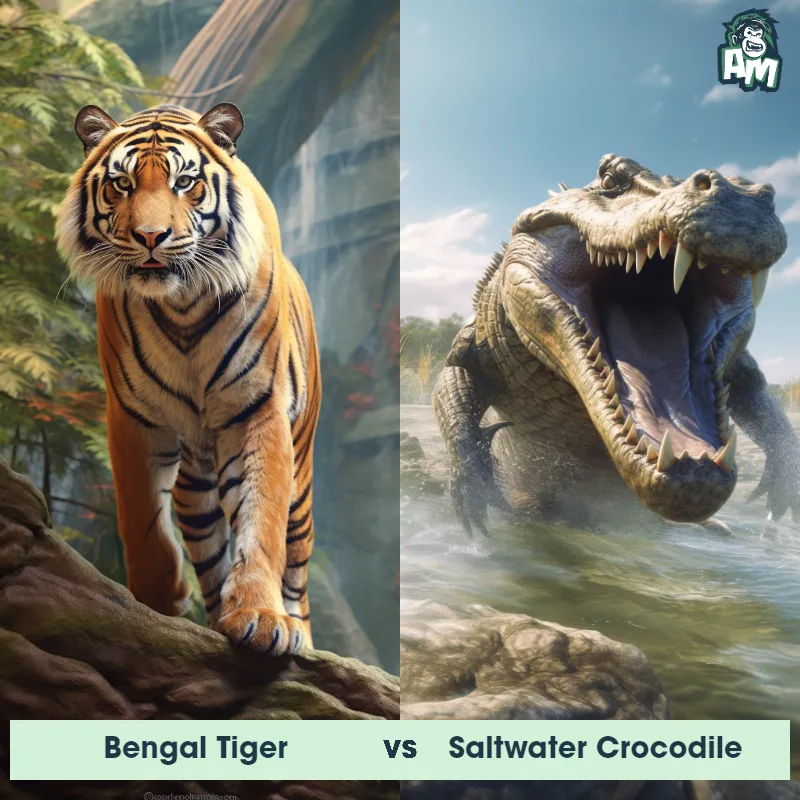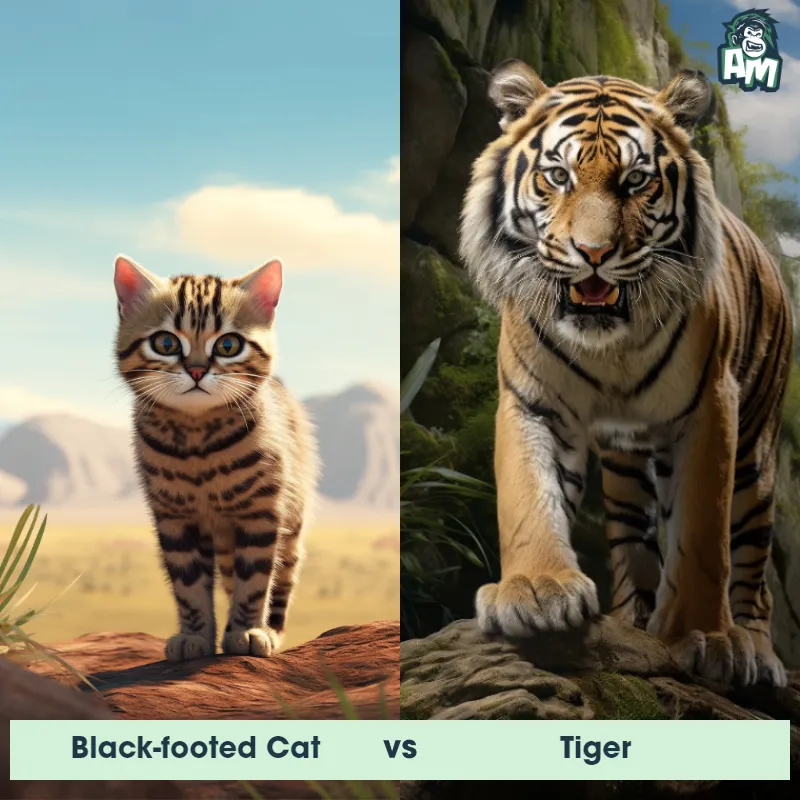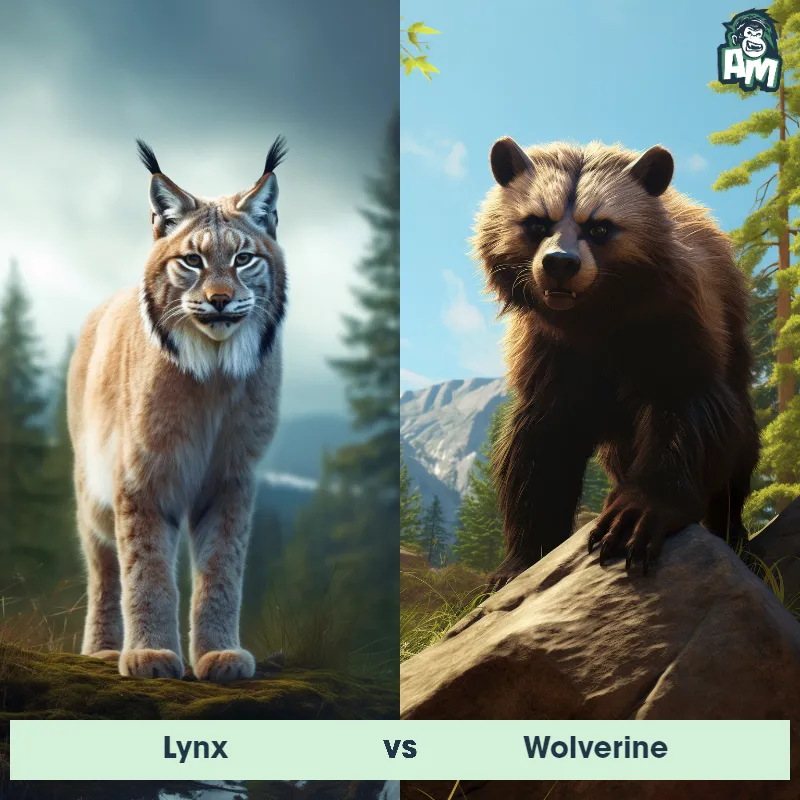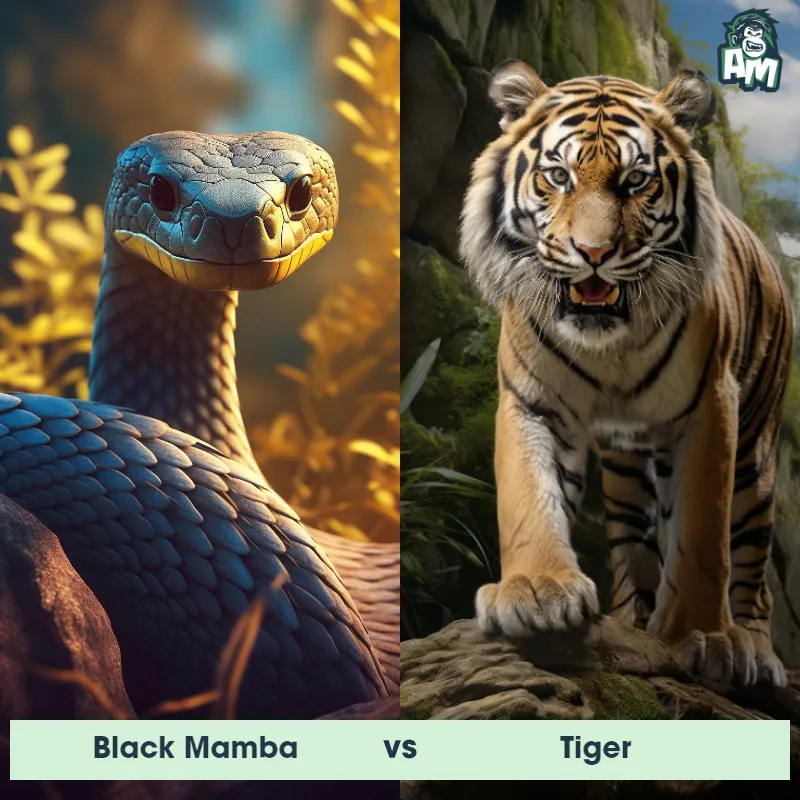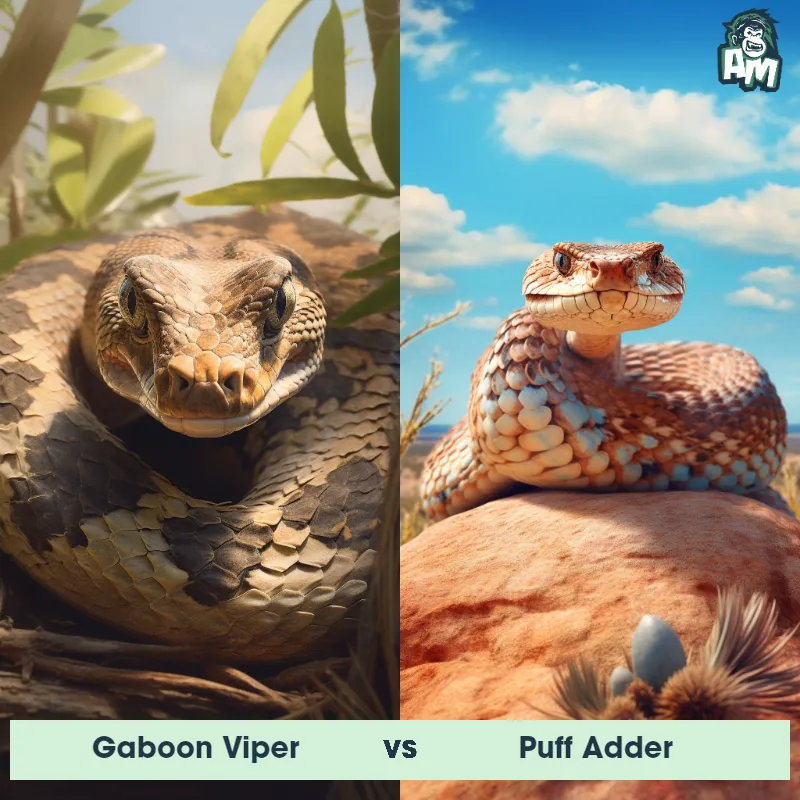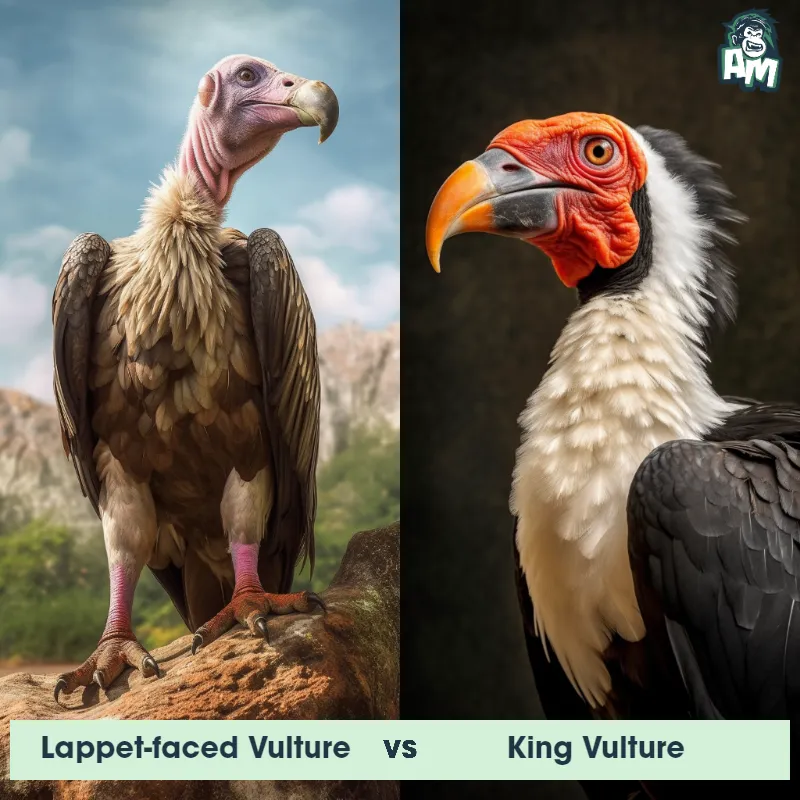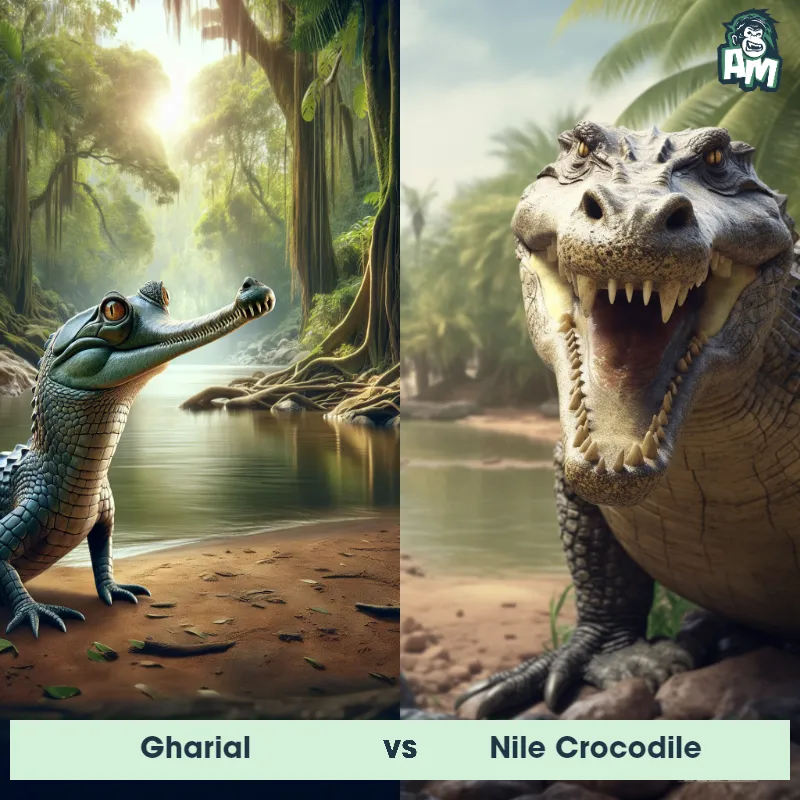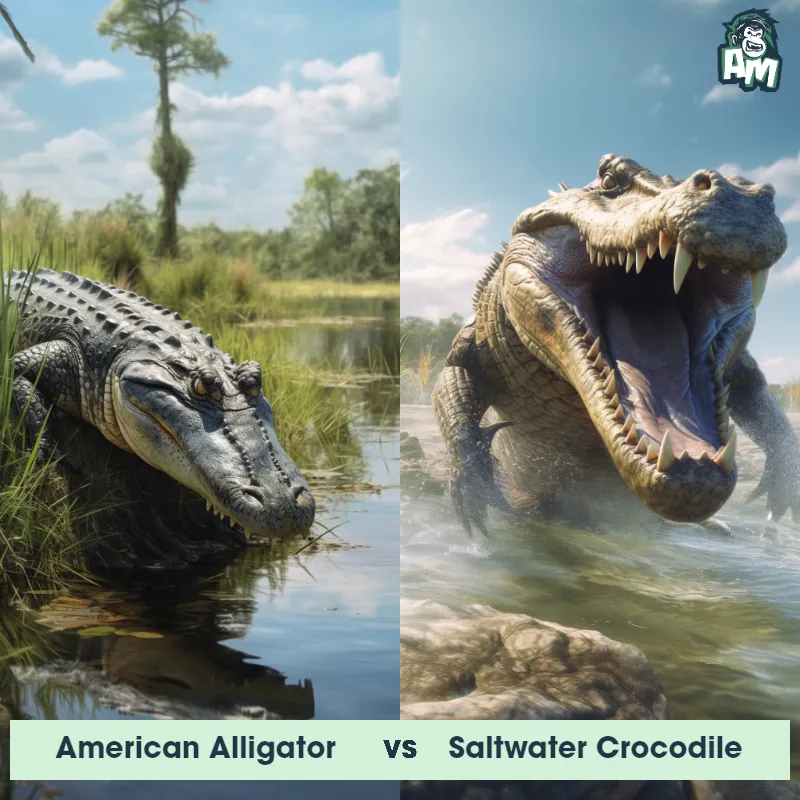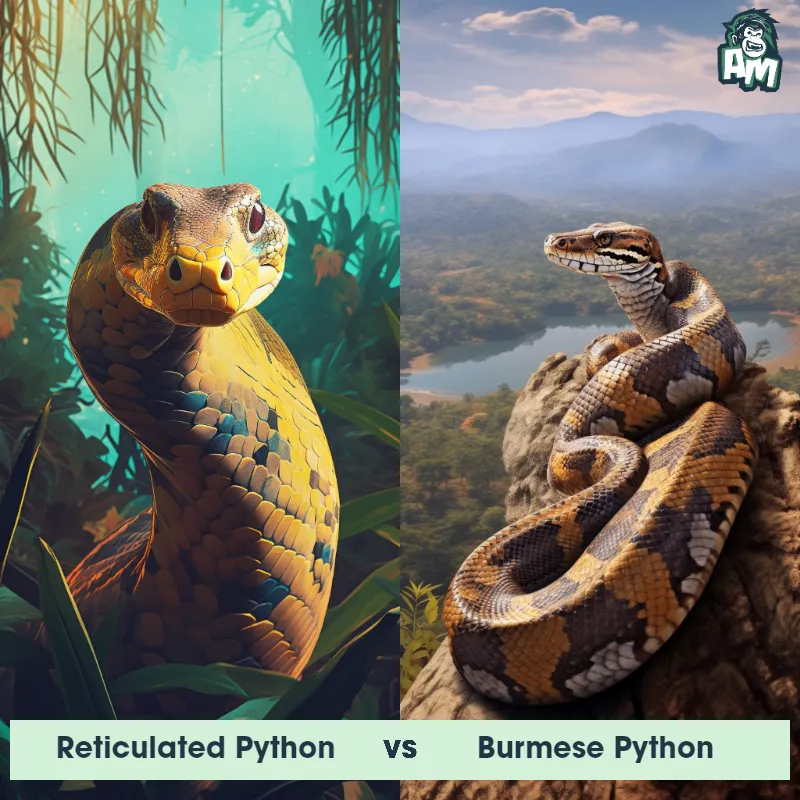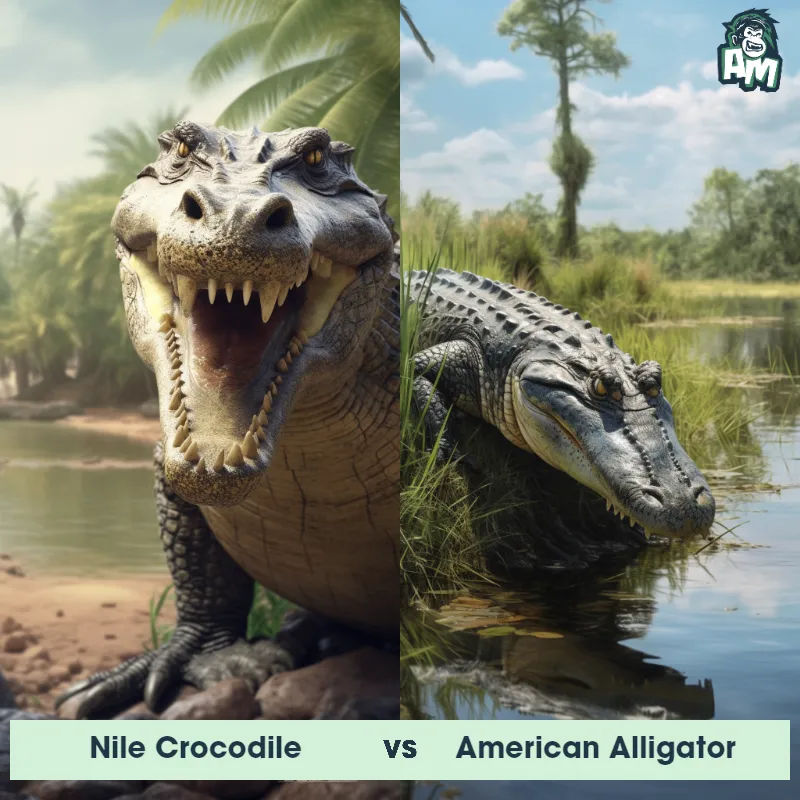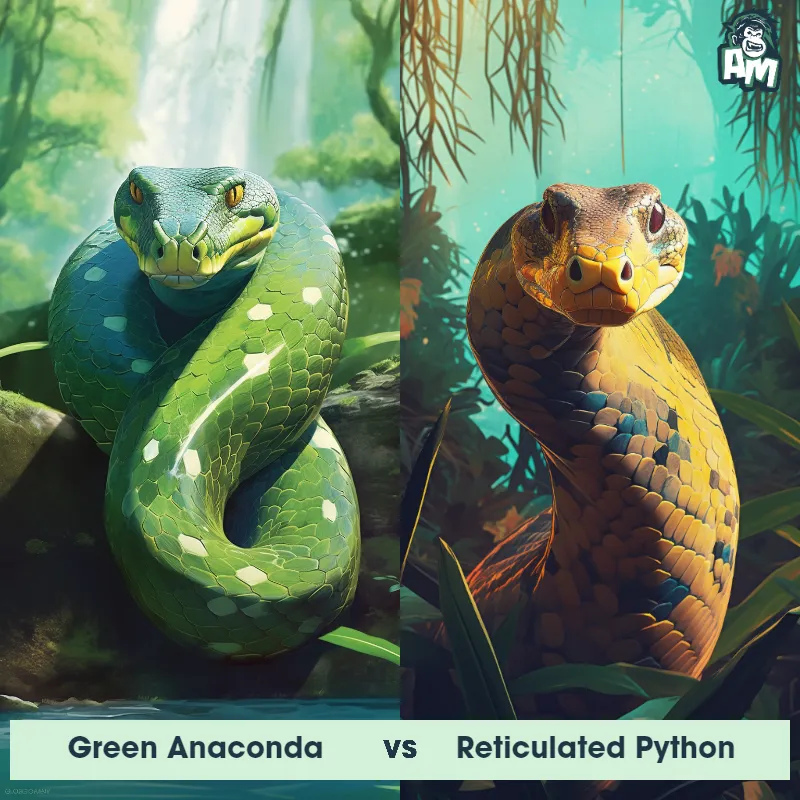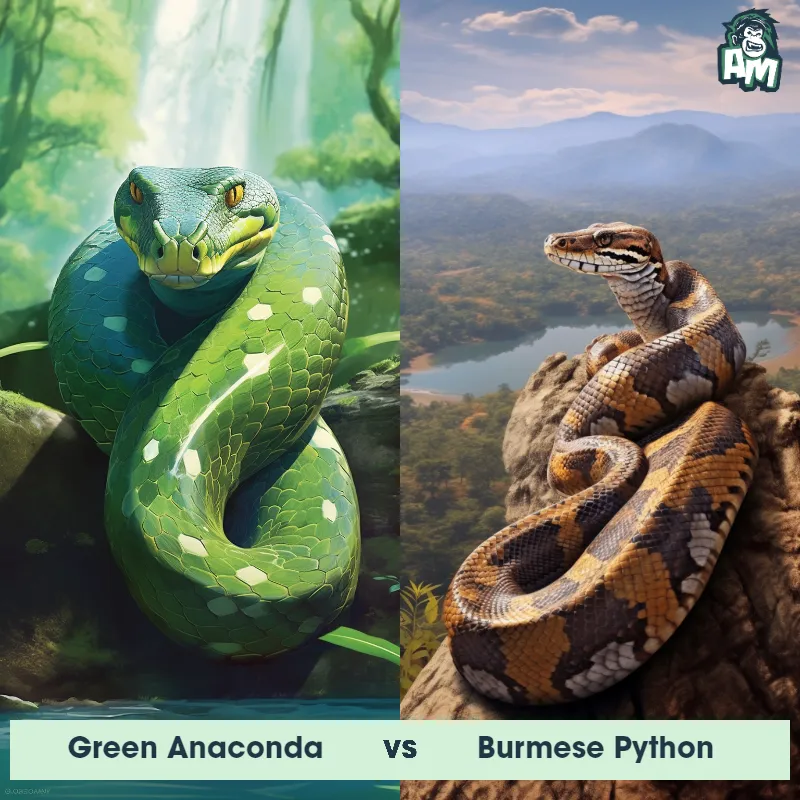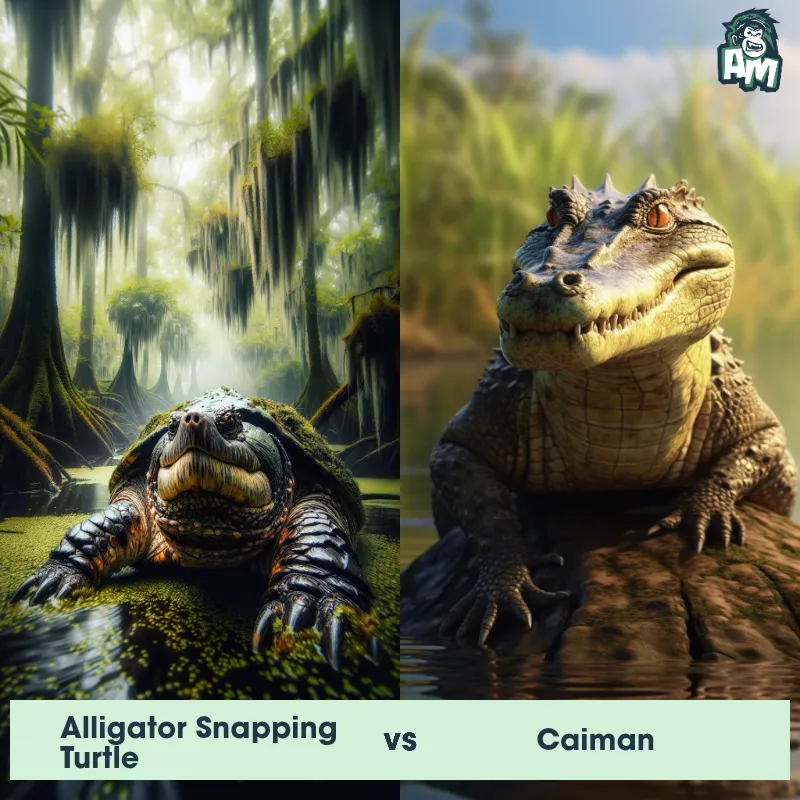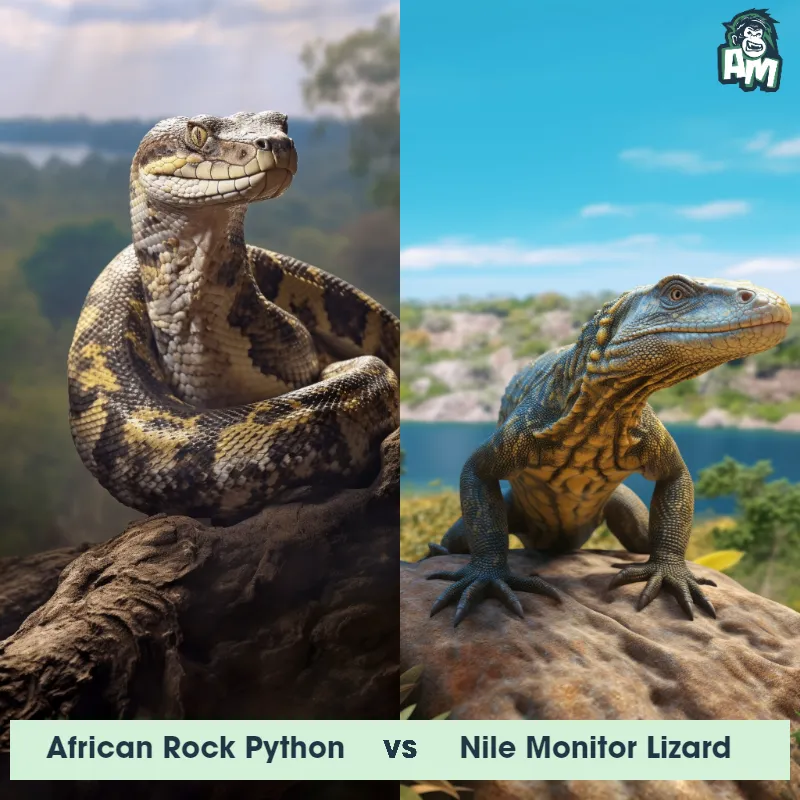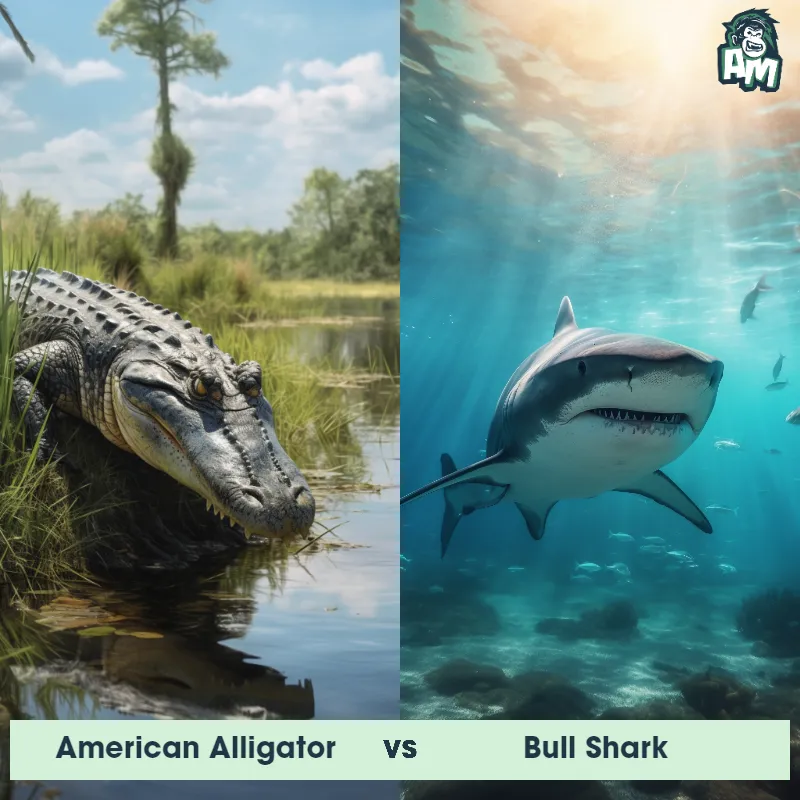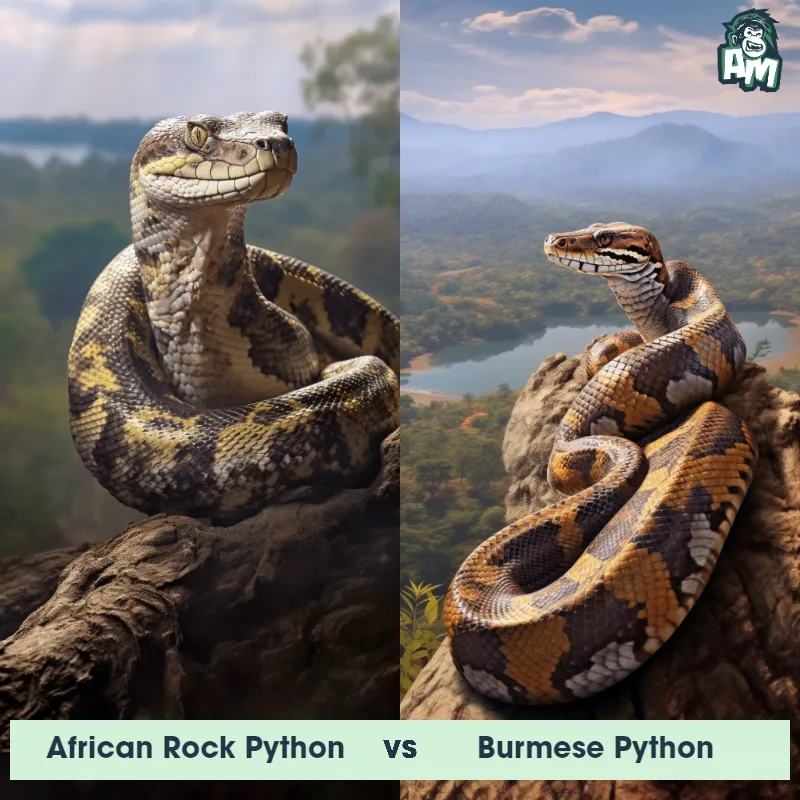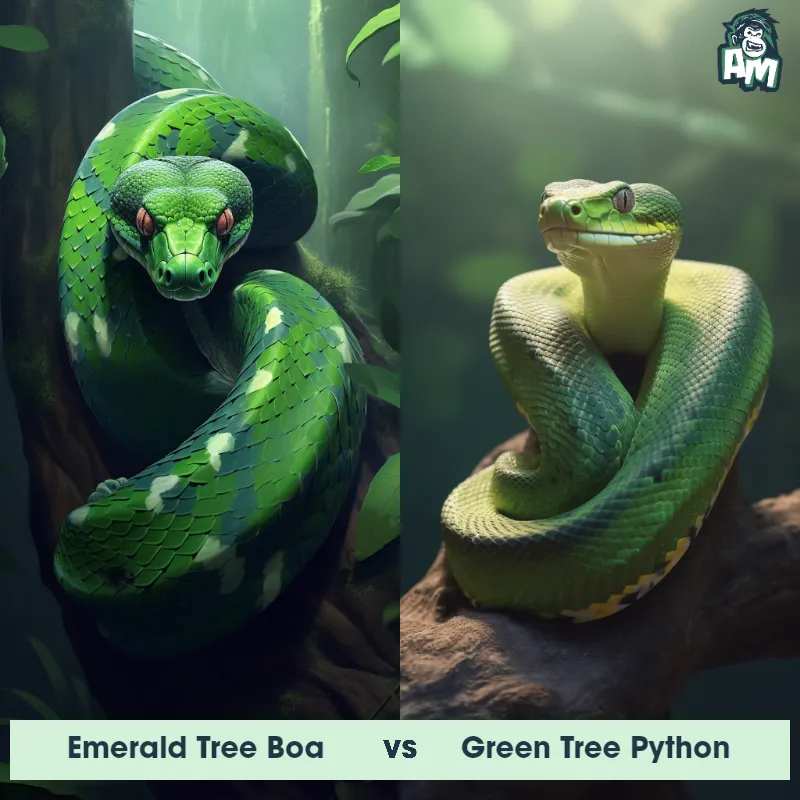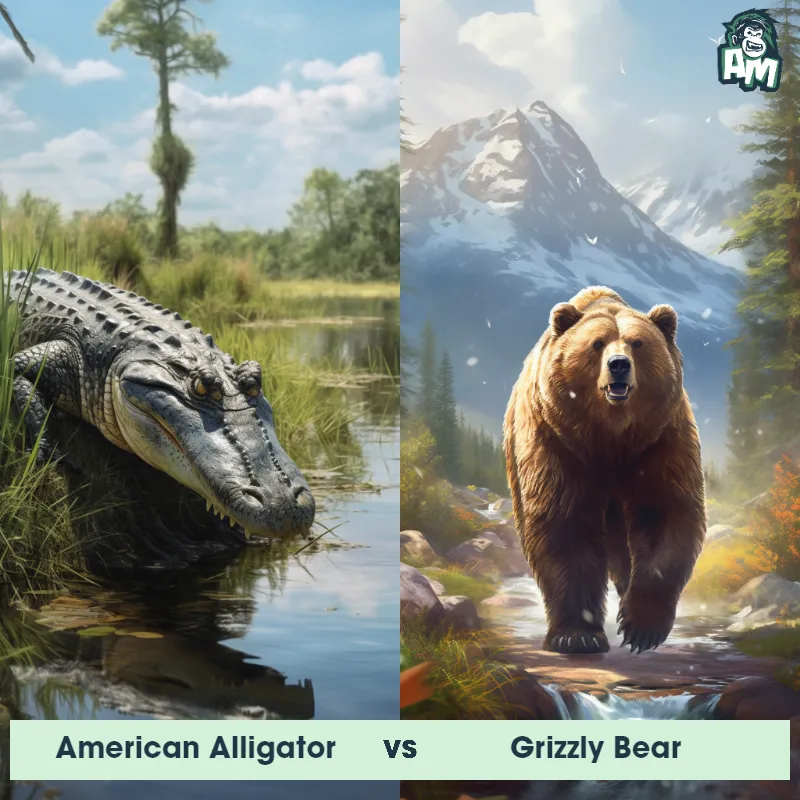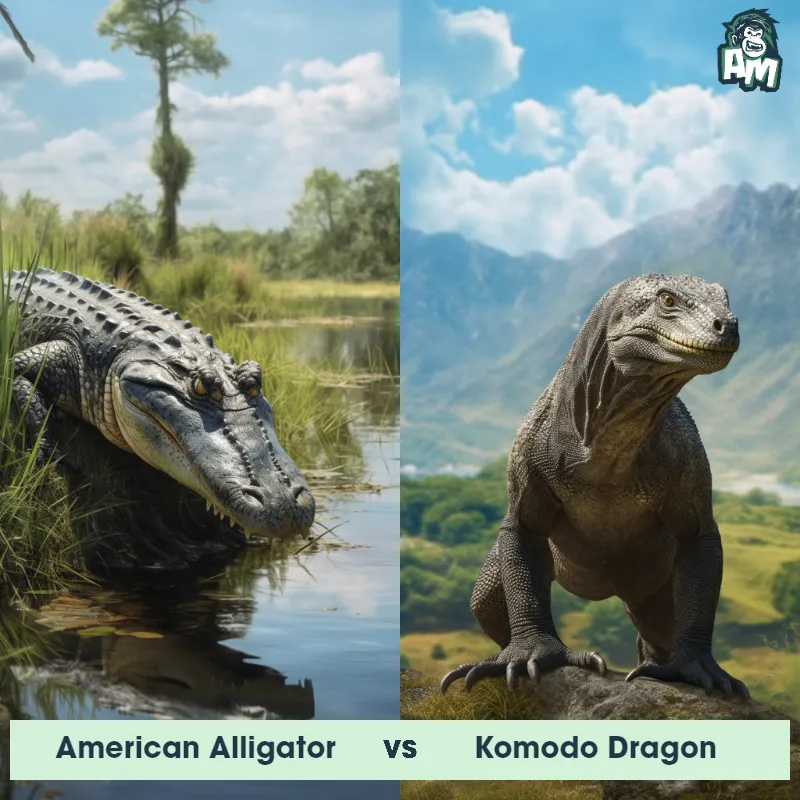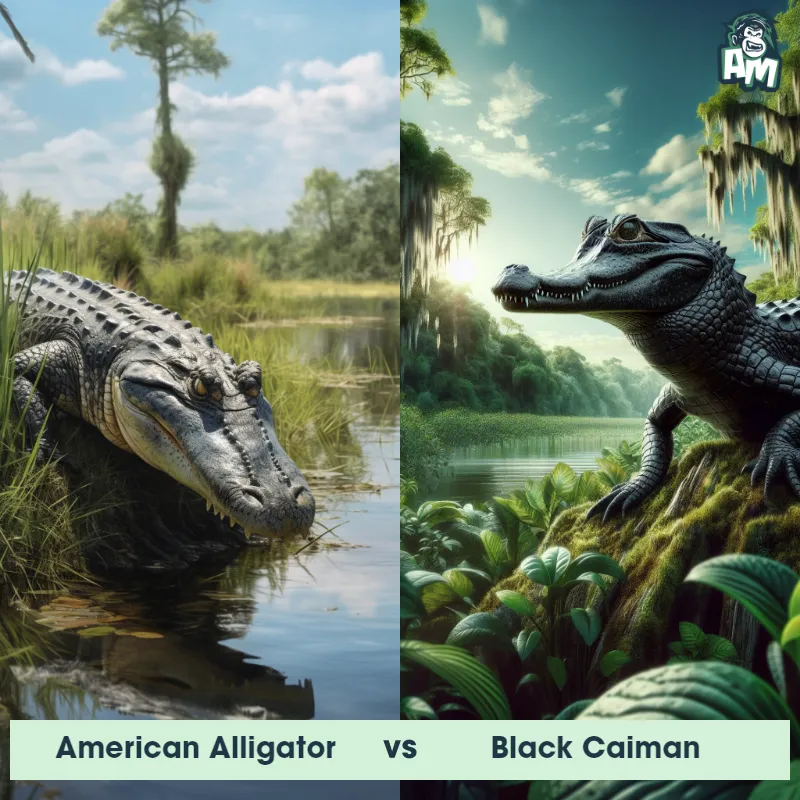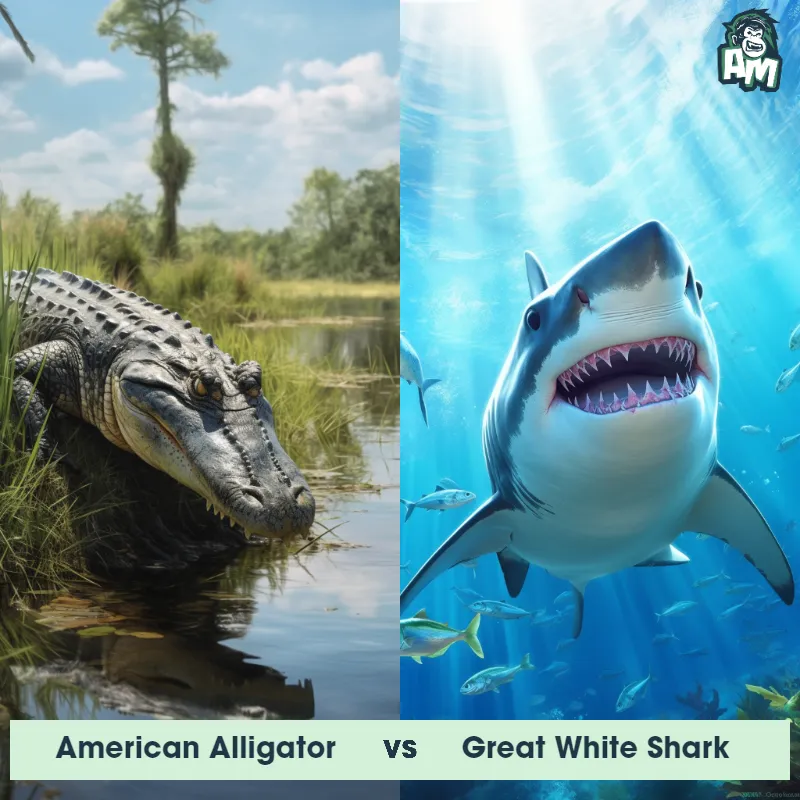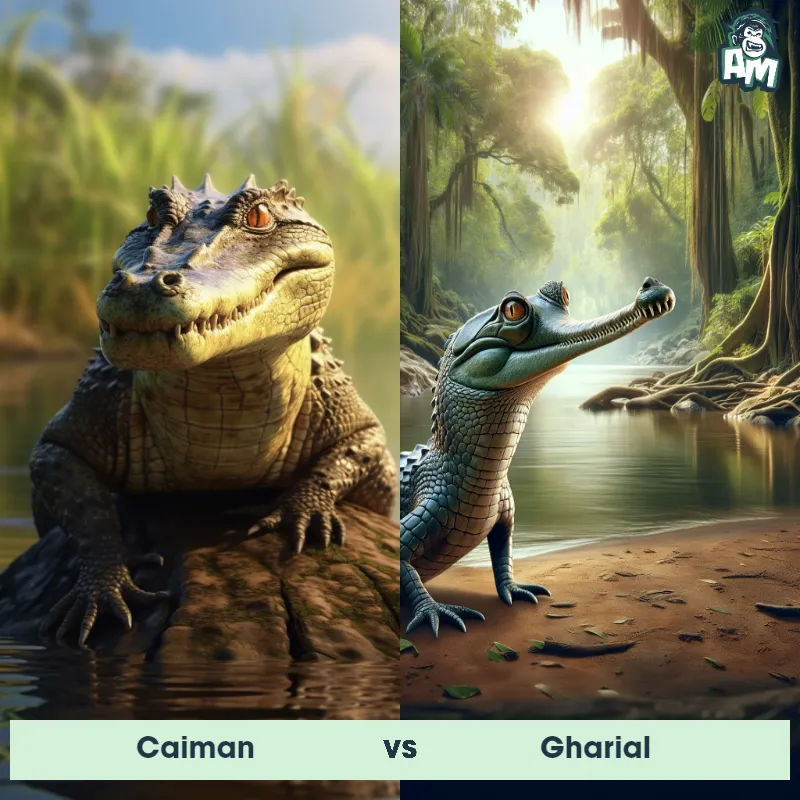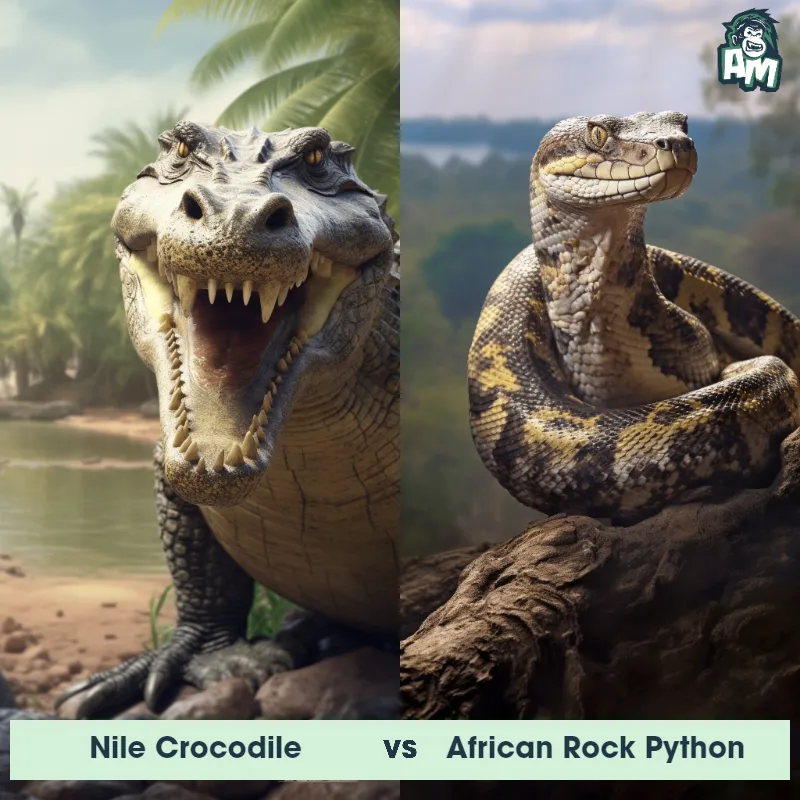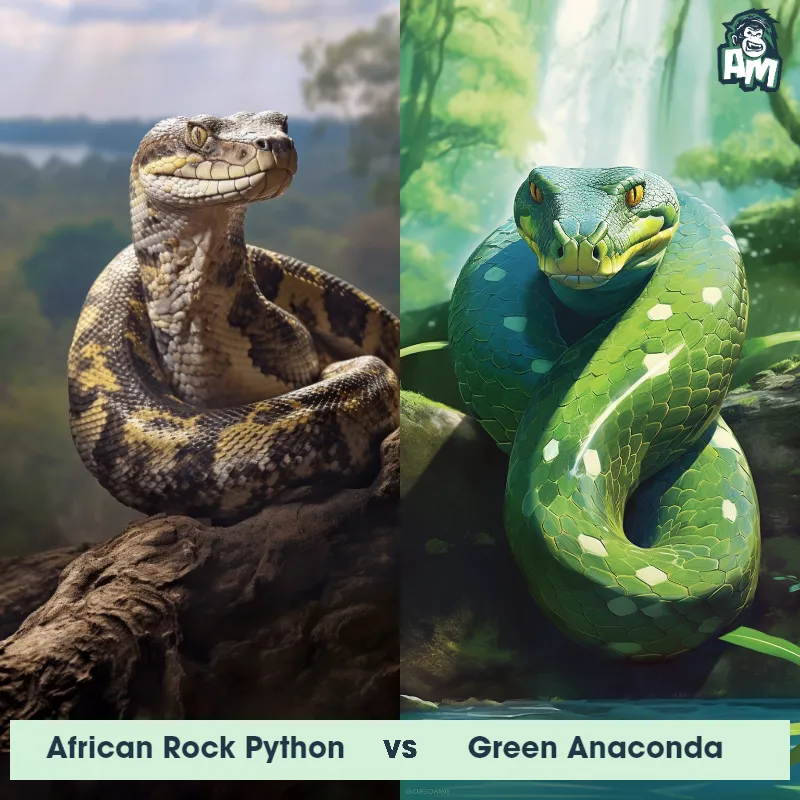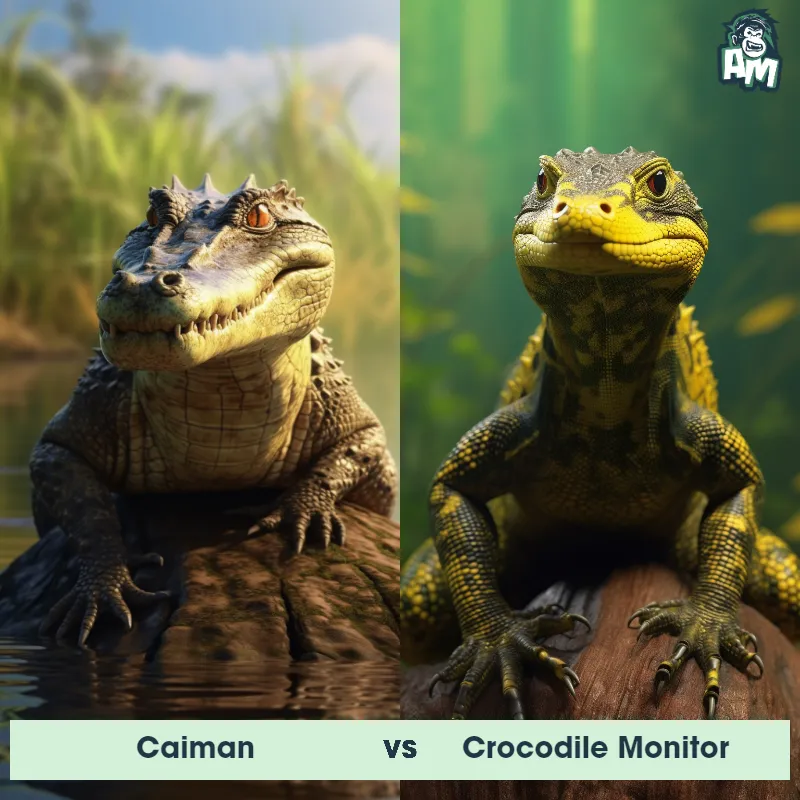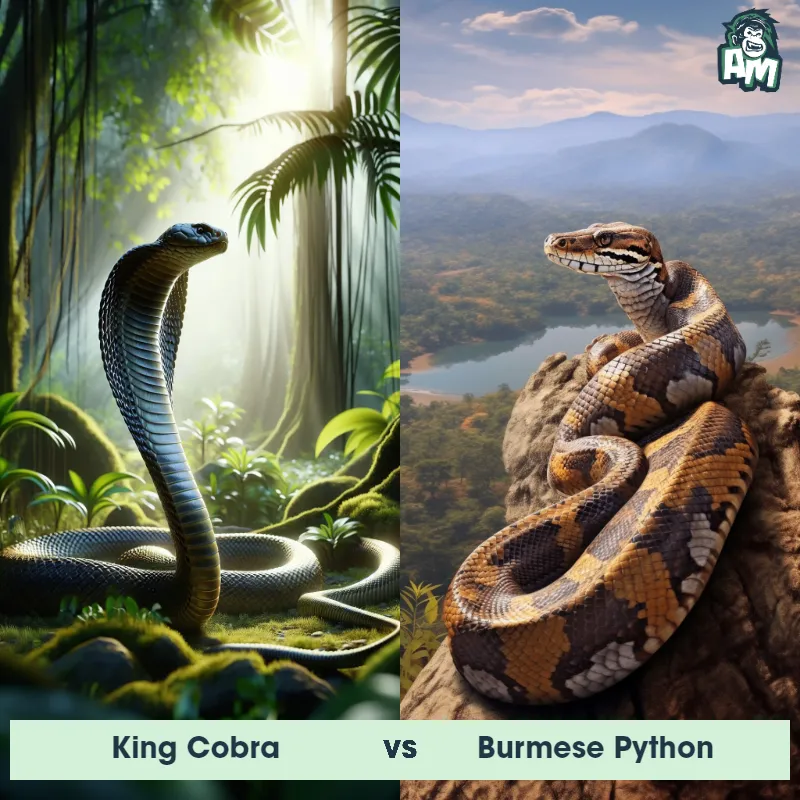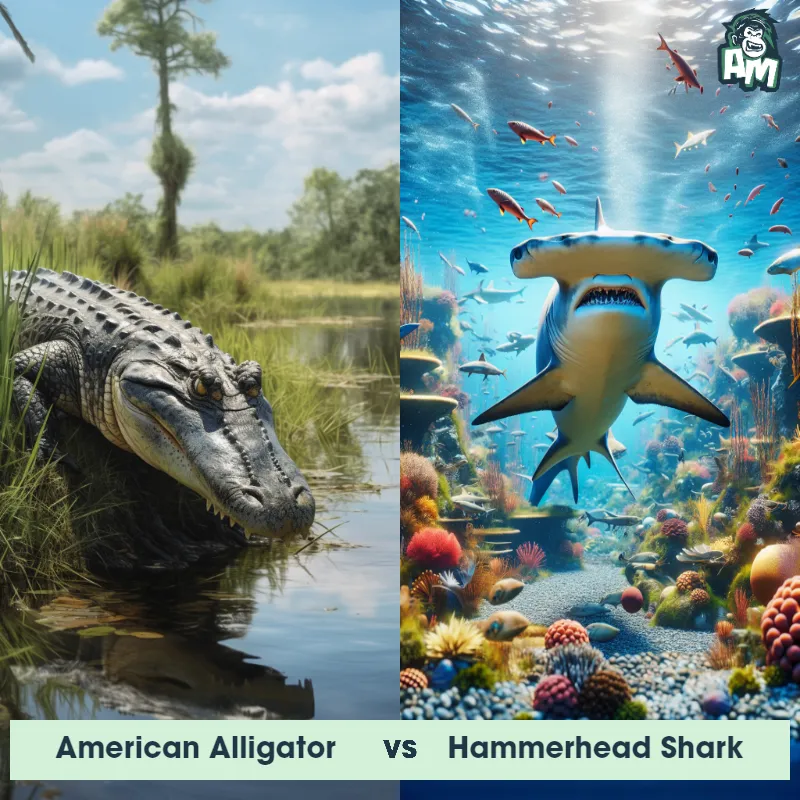American Alligator vs Burmese PythonSee Who Wins

Ladies and gentlemen, we have a clash of reptilian titans today! On one side, the powerhouse of the wetlands, the American Alligator with its armored scales and jaw strength. On the other, the formidable Burmese Python, known for its constriction abilities and opportunistic hunting tactics. Two apex predators, both used to dominating their environments, are about to face off. The atmosphere is electric!
Contender 1: American Alligator
The American Alligator, also known as the Florida Alligator, is a large reptile that can grow up to 14 feet long and weigh over 1,000 pounds. They have a broad, rounded snout, powerful jaws, and a muscular body covered in tough, scaly skin. Their coloration ranges from dark green to black, with a lighter underbelly. They are found in freshwater habitats throughout the southeastern United States, and are known for their ability to regulate their body temperature by basking in the sun.
Fun Fact: American Alligators are known to use tools, such as sticks, to lure birds to their location so they can catch them more easily.
Contender 2: Burmese Python
The Burmese Python, also known as Python bivittatus, is one of the largest snakes in the world, growing up to 23 feet in length and weighing up to 200 pounds. They have a distinctive pattern of brown and tan scales with dark blotches, and their heads are shaped like a triangle. Burmese Pythons are non-venomous and kill their prey by constriction, squeezing their prey until it suffocates.
Fun Fact: Burmese Pythons are excellent swimmers and can stay underwater for up to 30 minutes at a time.
Matchup Stats
| American Alligator | Burmese Python | |
|---|---|---|
| Size | Up to 14 feet (4.3 meters) | Up to 23 feet (7 meters) |
| Weight | Over 1,000 pounds (453.6 kilograms) | Up to 200 pounds (91 kilograms) |
| Speed | Speed: 20 mph (32.19 km/hr) | Speed: 5 mph (8 km/hr) |
| Key Strength | Powerful jaws and muscular body | Constriction |
| Biggest Weakness | Slow movement on land | Vulnerable to attacks on the head |
Current Votes
American Alligator vs Burmese Python
See Who Wins
Matchup Videos
All of our videos contain verified footage of natural encounters between the American Alligator and the Burmese Python. These are true sightings and observations filmed by tourists, scientists, and wildlife documentarians.View More Matches
Looking For More?
Similar Matches
Scientific Stats
| American Alligator | Burmese Python | |
|---|---|---|
| Scientific Name | Alligator mississippiensis | Python bivittatus |
| Family | Alligatoridae | Pythonidae |
| Habitat | Freshwater habitats | Terrestrial |
| Geography | Southeastern United States | Southeast Asia |
| Diet | Carnivorous, eats fish, turtles, birds, and mammals | Carnivorous, preys on mammals, birds, and reptiles |
| Lifespan | 30 years - 50 years | 20 years - 30 years |
Key Differences between American Alligator and Burmese Python
- Eyes: American Alligators have eyes that are positioned high on their heads, allowing them to see above water when their bodies are submerged. The Burmese Python has vertical-slit pupils, aiding them in low-light hunting.
- Body Shape: American Alligators have a long, robust body with four short legs, a broad head, and a powerful tail used for swimming. In contrast, Burmese Pythons have an elongated, cylindrical body without legs, characteristic of snakes.
- Coloration: American Alligators are typically a dark, blackish-grey color with a slightly lighter underside. Burmese Pythons exhibit a patterned appearance with colors ranging from tan to brown, adorned with dark-edged blotches that are beneficial for camouflage in their natural habitats.
- Skin/Scale Type: American Alligators have tough, bony, armored plates called osteoderms or scutes covering their back. Burmese Pythons, on the other hand, have smooth, overlapping scales covering their entire body.
- Snout Shape: The snout of the American Alligator is broad and U-shaped, making it more shovel-like, ideal for its semi-aquatic habitat. The Burmese Python has a more tapered and rounded snout, characteristic of many snakes.
- Taxonomy: American Alligators are reptiles belonging to the Crocodylidae family, while Burmese Pythons are reptiles from the Pythonidae family.




